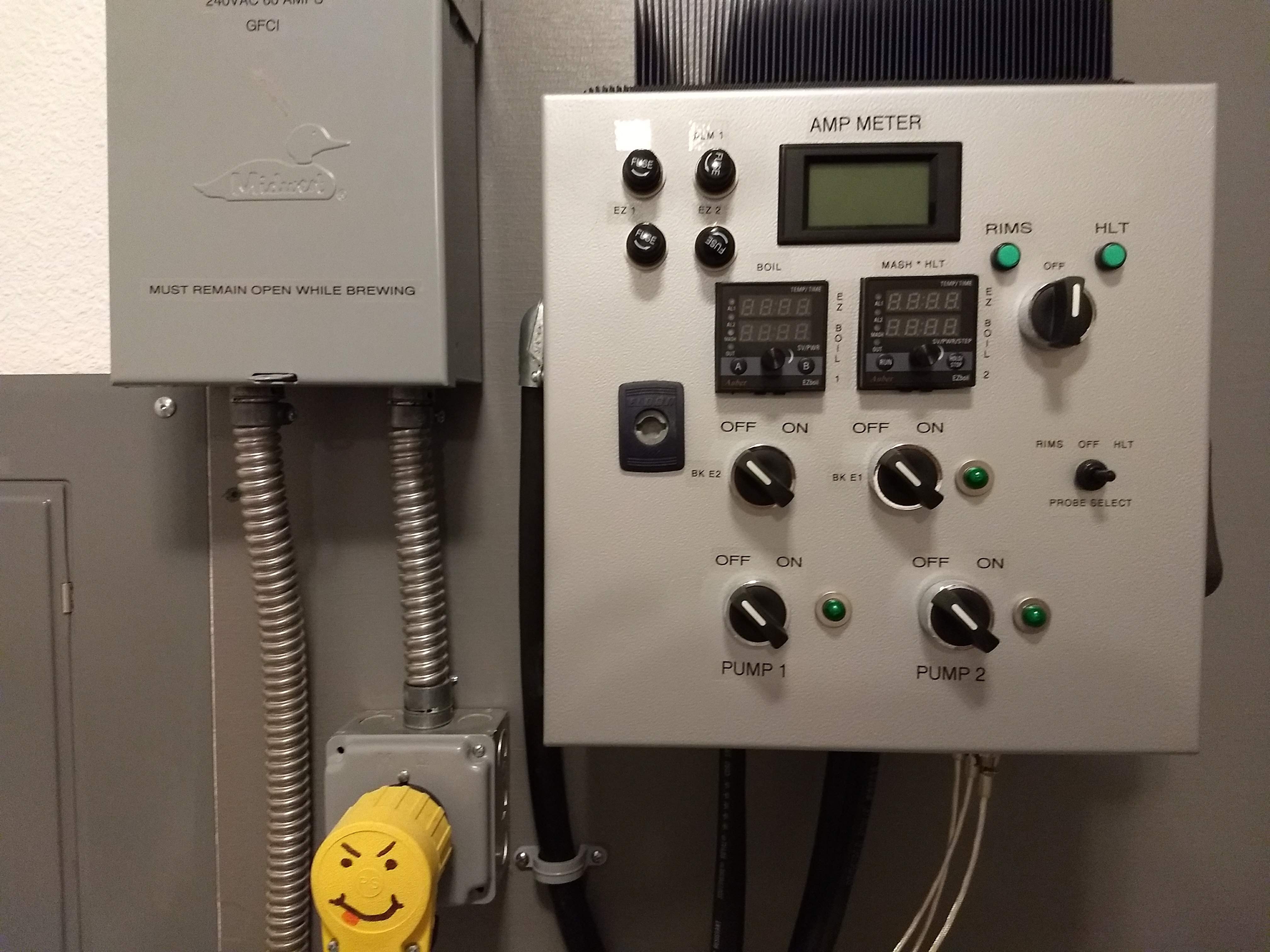The answer to this probably changes with the seasons, because new stuff comes out all the time. I know I could use 1" threaded, 1.5" TC or 2" TC, but I don't know what it is which might cause me to wish I had chosen differently.
My application will be welded in fittings in SS 1/2 bbl kegs. I will have (I think - unless someone wants to change my mind) 5500 or 6500-watt elements (I assume the rippled ones), one in the HERMS, and one in the kettle. Again, completely open to "you might want to consider ..." statements here, but my general direction is a single element per vessel. I want weld-in because over the years I have had HORRIBLE experience over time with weldless, and I will be paying a welder to do some other work anyway so I may as well do it "right."
It seems like it might be easiest to get the ripple elements oriented correctly with a TC fitting, and there's a fair chance I will want to swap the elements between vessels for other reasons, so again, TC seems desirable but I am wailling to be convinced otherwise.
So, vote, comment, do both, let me know what you think. I believe I want to drop this stuff off next week or so, so maybe I'll leave the poll open for that long.
My application will be welded in fittings in SS 1/2 bbl kegs. I will have (I think - unless someone wants to change my mind) 5500 or 6500-watt elements (I assume the rippled ones), one in the HERMS, and one in the kettle. Again, completely open to "you might want to consider ..." statements here, but my general direction is a single element per vessel. I want weld-in because over the years I have had HORRIBLE experience over time with weldless, and I will be paying a welder to do some other work anyway so I may as well do it "right."
It seems like it might be easiest to get the ripple elements oriented correctly with a TC fitting, and there's a fair chance I will want to swap the elements between vessels for other reasons, so again, TC seems desirable but I am wailling to be convinced otherwise.
So, vote, comment, do both, let me know what you think. I believe I want to drop this stuff off next week or so, so maybe I'll leave the poll open for that long.















































![Craft A Brew - Safale BE-256 Yeast - Fermentis - Belgian Ale Dry Yeast - For Belgian & Strong Ales - Ingredients for Home Brewing - Beer Making Supplies - [3 Pack]](https://m.media-amazon.com/images/I/51bcKEwQmWL._SL500_.jpg)











